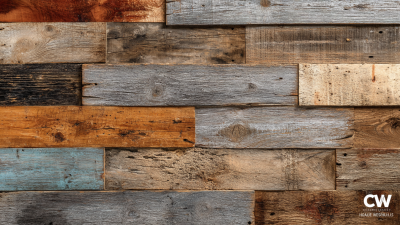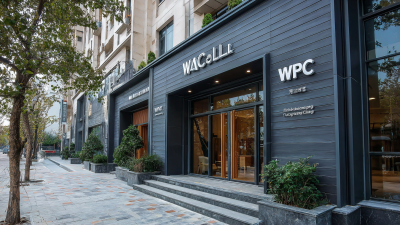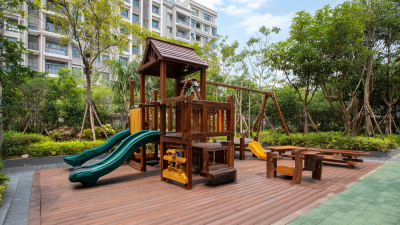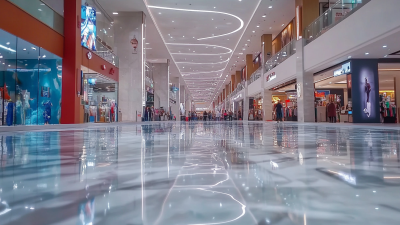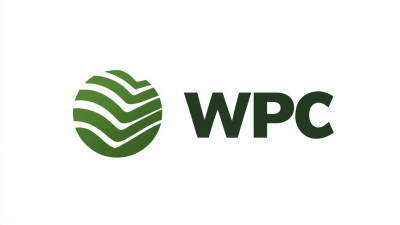Shandong Xiangying New Materials Technology Co., Ltd.
Shandong Xiangying New Materials Technology Co., Ltd.
Choosing the right Wpc Fence Panel is essential for ensuring both durability and eco-friendliness in your outdoor spaces. In today's market, there is an array of fencing options available, but Wpc (Wood Plastic Composite) panels stand out due to their unique blend of wood fibers and recycled plastic, making them a sustainable choice.
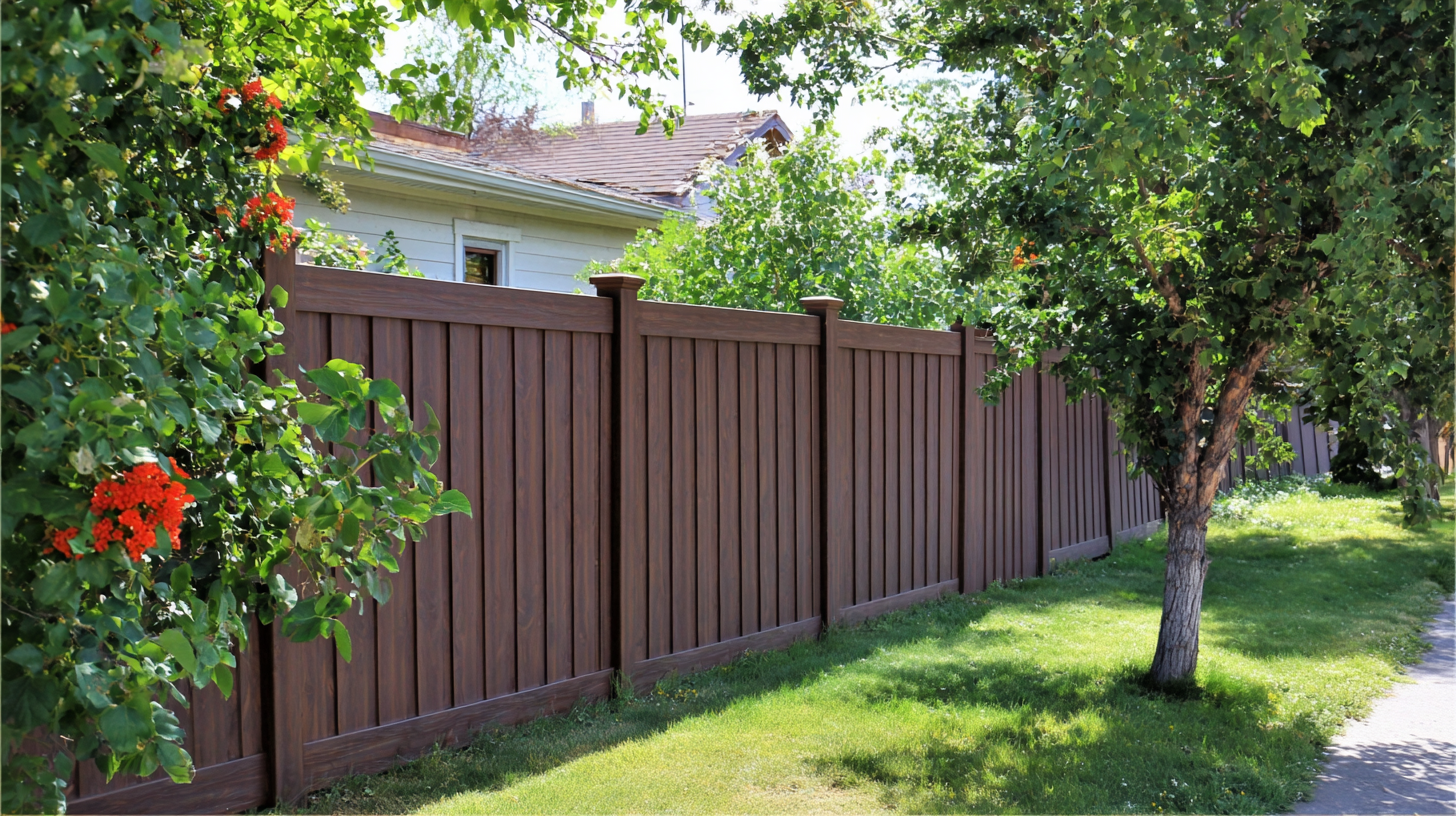
When selecting a Wpc Fence Panel, factors such as resilience against weather elements, resistance to pests, and low maintenance requirements should be carefully considered. An environmentally friendly fence not only reduces your ecological footprint but also enhances the aesthetic appeal of your home.
This guide will explore key aspects to help you evaluate and choose the ideal Wpc Fence Panel that meets your specific needs while aligning with your values of sustainability and durability.
When assessing the durability of WPC (Wood-Plastic Composite) fence panels, several key factors come into play. First and foremost, the material composition is crucial. WPC blends wood fibers with plastic, and the ratio of these components can significantly affect the panel's strength and longevity. Choosing products that utilize a higher percentage of high-quality plastic can enhance resistance to rot, moisture, and pest infestations, essential for maintaining structural integrity over time.
Another important consideration is the manufacturing process. Panels that undergo advanced techniques such as extrusion or co-extrusion often exhibit superior durability. These methods can create a denser, more robust product that stands up to varying weather conditions without warping, fading, or splintering. Additionally, look for panels that have been treated with UV stabilizers and anti-fungal additives, as these features can prolong the lifespan of the fence and reduce maintenance needs.
By evaluating these factors, consumers can ensure they invest in WPC fence panels that provide both durability and eco-friendliness, contributing to sustainability efforts while meeting practical fencing needs.
When considering the environmental impact of WPC (Wood Plastic Composite) materials, it is essential to understand their ecological footprint compared to traditional fencing options. WPC is composed of a blend of reclaimed wood fibers and recycled plastics, making it a more sustainable choice for consumers looking to minimize their environmental impact. By using recycled materials, WPC helps to reduce the amount of waste in landfills and decreases the demand for virgin plastic production, which is a significant contributor to pollution.
Moreover, WPC fencing panels demonstrate durability that contributes to sustainability. Unlike conventional wood, they are resistant to rot, insects, and harsh weather conditions, which means they do not require the frequent replacement that wood fences often necessitate. This longevity not only reduces the resource consumption associated with manufacturing and transporting replacement materials but also ensures that fewer chemicals are required for maintenance. Consequently, choosing WPC fencing not only brings aesthetic and practical benefits but also aligns with environmentally responsible living.
When comparing WPC (Wood-Plastic Composite) fencing and traditional fencing, one crucial aspect to consider is eco-friendliness. Traditional wooden fences are often sourced from unsustainable forests, leading to deforestation and environmental concerns. In contrast, WPC fencing utilizes recycled materials, such as plastic and wood fibers, which reduces waste and promotes environmental sustainability. This not only preserves natural resources but also minimizes the carbon footprint associated with production.
In terms of durability, recent studies highlight the weathering properties of wood-plastic composites, particularly those made from heat-treated wood and polypropylene. These WPC materials exhibit improved resistance to UV degradation, ensuring that they maintain their appearance and structural integrity over time. This durability makes WPC an attractive option for homeowners looking to invest in long-lasting fencing solutions without frequent replacements.
**Tips for Choosing Eco-Friendly Fencing:**
- Look for WPC products made from recycled materials, ensuring a lower environmental impact.
- Consider the weather resistance of materials, focusing on options that withstand UV rays and harsh weather conditions.
- Research manufacturers that prioritize sustainable sourcing and production practices to further align with eco-friendly values.
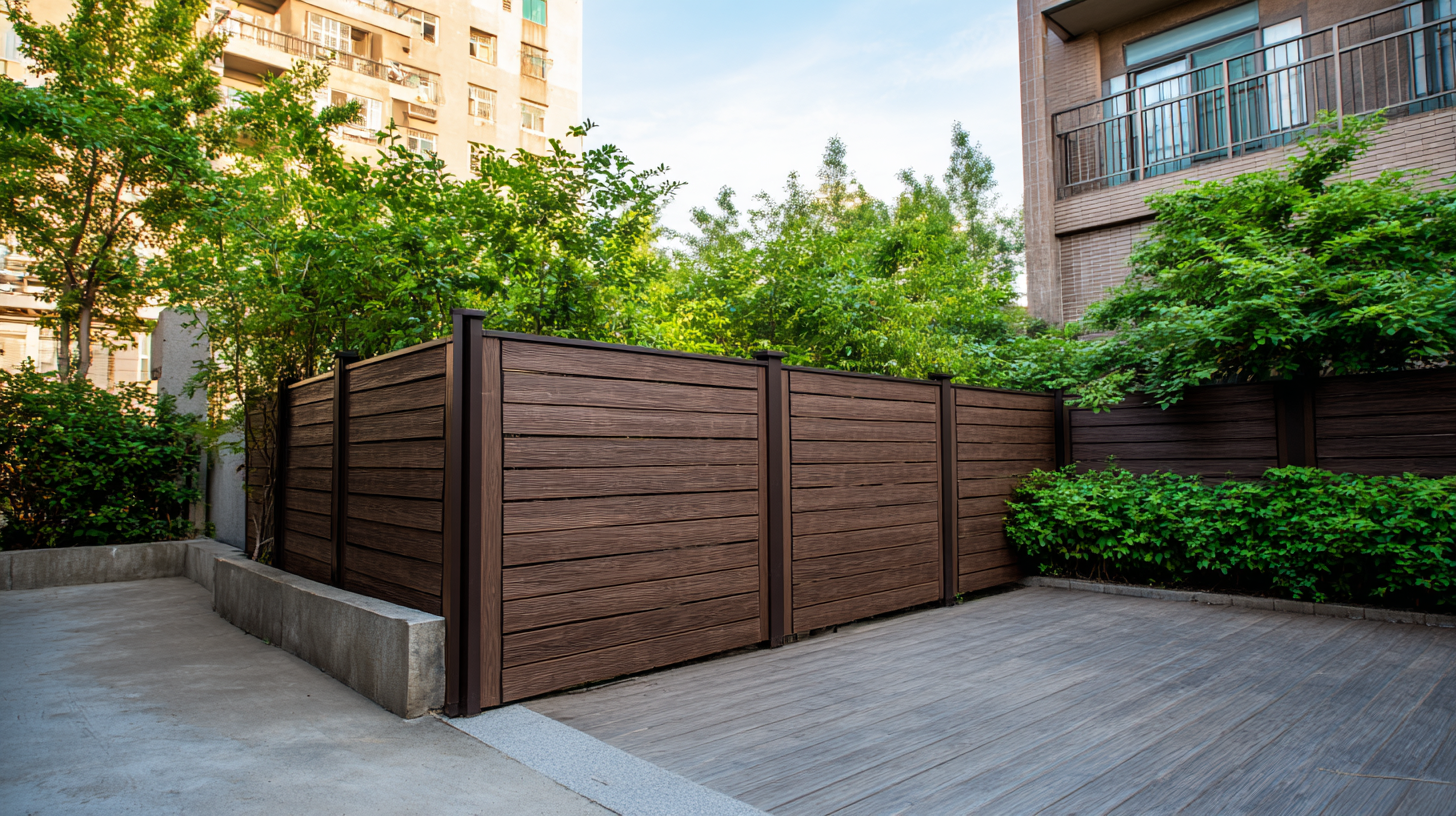
When selecting WPC (Wood Plastic Composite) fence panels, focusing on longevity and environmental sustainability is crucial. A vital factor to consider is the material composition. High-quality WPC panels typically contain a balanced mix of wood fibers and recycled plastics, which enhances their durability while minimizing environmental impact. Look for products that specify a high percentage of reclaimed materials, as this not only contributes to sustainability but also often results in superior performance over time.
Another important aspect is the manufacturing process. Panels manufactured with advanced techniques tend to have better resistance to weathering, mold, and insects, leading to a longer lifespan. It's advisable to check for warranties, as reputable manufacturers often provide guarantees that reflect their confidence in the durability of their products. Additionally, selecting panels with UV protection can prevent fading and degradation from sun exposure, ensuring that your fence remains visually appealing and functional for years to come. Prioritize brands recognized for their commitment to eco-friendly practices and durability to make a wise investment in your fencing needs.
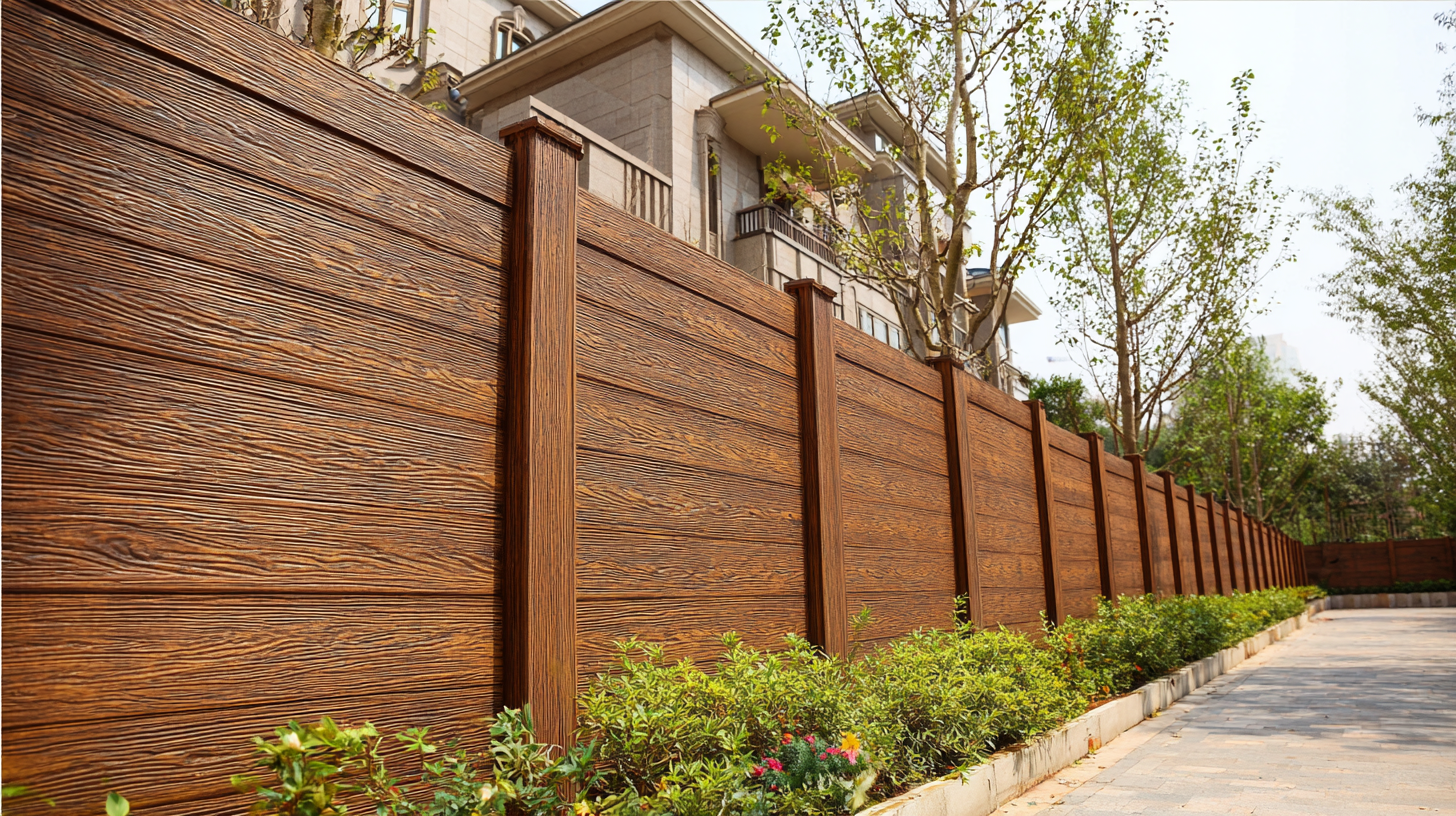
When it comes to maintaining WPC (Wood Plastic Composite) fencing, proper care is crucial for enhancing its longevity and durability. One of the primary practices is regular cleaning. Using a gentle detergent and water to scrub the surface helps remove dirt, mildew, and other debris that can accumulate over time. It is advisable to clean the fencing at least twice a year, as this prevents staining and maintains its aesthetic appeal.
Additionally, inspecting the panels for any signs of wear or damage is essential. Look for cracks, loose boards, or discoloration, which may indicate that repairs are necessary. If any issues are detected, addressing them promptly can prevent further deterioration and costly replacements. Furthermore, applying a protective sealant every few years can help safeguard the panels from UV damage and moisture, ultimately extending the life of the fence. Regular maintenance not only preserves the elegance of WPC fencing but also enhances its eco-friendliness by reducing the need for replacements.
| Fencing Type | Durability Rating (Years) | Eco-Friendliness (1-10) | Maintenance Frequency (Years) | Color Options |
|---|---|---|---|---|
| Composite WPC | 25 | 8 | 5 | Brown, Grey, Green |
| PVC Vinyl | 20 | 6 | 10 | White, Tan, Black |
| Wood Plastic Composite | 15 | 7 | 7 | Natural, Multi-tone |
| Bamboo WPC | 10 | 9 | 3 | Beige, Light Brown |
| Recycled Plastic | 30 | 10 | 8 | Various Colors |
